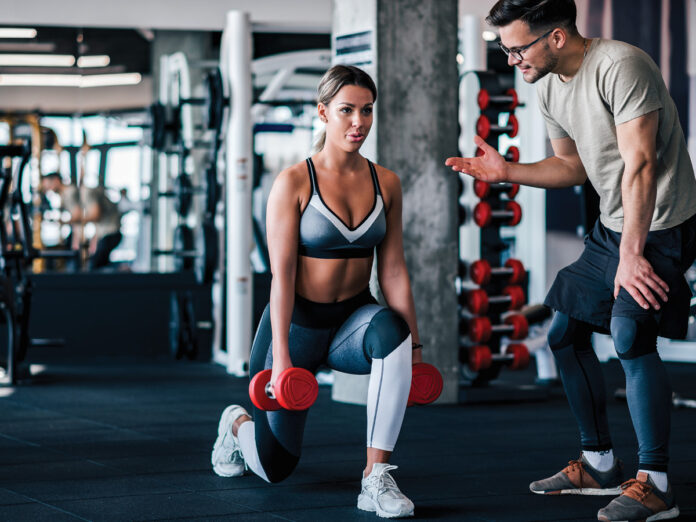
Runners often go through multiple phases of high volume, high intensity training when preparing for major races over the outdoor running season. However, once racing is over, it is important to give your body a break from the high impact of running.
For most runners, this means either a significant decrease in training volume or time off from running altogether. Since running is taking a back seat, this is the perfect time to focus on other ways to keep fit such as swimming, cycling and strength training.
Lower impact sports like swimming or cycling can be a great way to maintain your cardiovascular fitness while allowing your body to recover from the toll running takes on your joints and tendons. If you find swimming laps in the pool dull, consider incorporating water running.
While in the deep end, remain as vertical as possible. Swing your arms in a running motion while pulling toes up and driving heels down. Here you can easily do time-based intervals (i.e. 3 minutes on, 2 minutes off) while maintaining a zone 3-4 heart rate or about 80 per cent of your maximum output. If you find you are sinking, put a water belt around your waist to help you stay afloat.
Cycling is a great way to maintain power and strength in your legs, and one of the trendiest ways to ride is through a home-based platform. You will need either a classic wind trainer or smart trainer as well as a speed/cadence sensor. With some programs, you can see yourself riding on the screen and can virtual-cycle real courses all over the world. You can also connect (virtually) with friends to ride various courses together – and of course race each other!
Strength training can be a fantastic way to target your running muscles for both performance and injury prevention. Here the focus should be on heavy weights and low reps (4 – 5). Although this style of training is beneficial, there is also a potential for injury and it should be supervised by an experienced personal trainer.
The off-season is also a great time to work on any mobility issues and muscle imbalances that might have kept you from reaching your full potential during race season. Often imbalances cause muscles on one side of the body to work significantly harder than the other side, potentially leading to overuse injuries and limiting the strength and power you can develop.
Fortunately, some of those imbalances can be corrected with improved mobility (increases in active range of motion). Ideally, mobility and muscular-imbalance corrective training should be incorporated into the strength program and take no more than an hour as a complete full-body workout.
By including some cross-training into your running downtime, you’ll keep your workouts interesting, stay fit and maintain endurance and strength. Ultimately, you’ll be in fine form when the next racing season begins.
















